Introduction
Salted duck eggs, a culinary delight enjoyed across various regions in Asia, particularly in China, are renowned for their rich, creamy yolks that burst with flavor when cooked. The perfect salted duck egg should have an oily yolk that is neither too salty nor too dry, a delicate balance that many home cooks strive to achieve. While the traditional process of salting duck eggs may seem straightforward, mastering the technique to ensure the yolks are oily and not overly salty requires attention to detail and a few key steps. This article delves into the intricacies of making salted duck eggs, offering comprehensive guidance on how to achieve that ideal balance.
Understanding the Basics
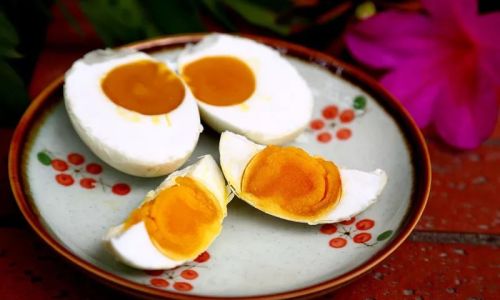
Before diving into the specifics of the salting process, it’s crucial to understand the fundamental principles behind making salted duck eggs. The salting process draws moisture out of the egg whites and yolks through osmosis, causing the yolks to浓缩 (concentrate) and develop a creamy texture. The addition of salt not only flavors the eggs but also acts as a preservative, extending their shelf life. However, too much salt can make the eggs unbearably salty, while insufficient salting may fail to produce the desired oily yolk.
Choosing the Right Eggs
The quality of the eggs is paramount in achieving the perfect salted duck egg. Fresh duck eggs are preferred as they have thicker yolks and whites compared to chicken eggs, contributing to a richer flavor and texture. Look for eggs with intact shells, free of cracks or blemishes. The eggs should be at room temperature before starting the salting process, as cold eggs may not absorb the salt evenly.
Preparing the Eggs
-
Cleaning the Eggs: Gently clean the eggs with a soft cloth or sponge to remove any dirt or debris without damaging the shell. Avoid using water directly on the eggs, as this can introduce bacteria. Instead, dampen the cloth slightly and wipe the eggs clean. Let them air-dry completely before proceeding.
-
Inspection: Carefully inspect each egg for cracks. Even minute cracks can allow bacteria to enter, compromising the safety and quality of the final product. Discard any cracked eggs.
The Salting Process
There are several methods for salting duck eggs, each yielding slightly different results. The most common methods include dry salting, wet salting, and the use of a salt brine solution. Here, we will explore each method in detail, focusing on techniques to ensure the yolks are oily and not overly salty.
Dry Salting Method
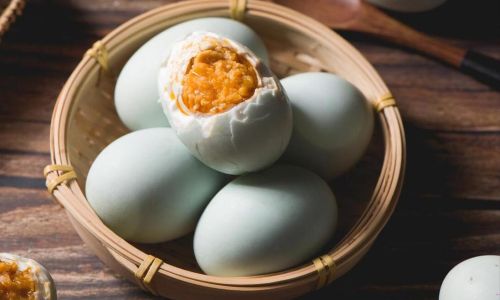
The dry salting method is straightforward and requires minimal equipment.
Materials Needed:
- Fresh duck eggs
- Coarse sea salt or rock salt
- A clean, dry container with a lid
Steps:
-
Layering: Place a layer of salt in the bottom of the container. Carefully arrange the eggs in a single layer on top of the salt. Sprinkle more salt over the eggs, ensuring they are completely covered. Repeat the layering process until all eggs are used. The final layer should be thick salt.
-
Sealing: Cover the container and seal it tightly. Label the container with the date and store it in a cool, dark place.
-
Waiting: Allow the eggs to sit for about 20-30 days, depending on the desired level of saltiness and yolk oiliness. The longer the eggs are salted, the saltier and oilier they will become.
Tips for Oiliness and Salt Balance:
- Use coarse salt, which helps draw out moisture more effectively.
- Turn the eggs occasionally during the salting period to ensure even salt distribution.
- After the salting period, rinse the eggs thoroughly under cold running water to remove excess salt. Soaking them in water for a few hours can further reduce saltiness if needed.
Wet Salting Method
The wet salting method involves immersing the eggs in a saltwater solution.
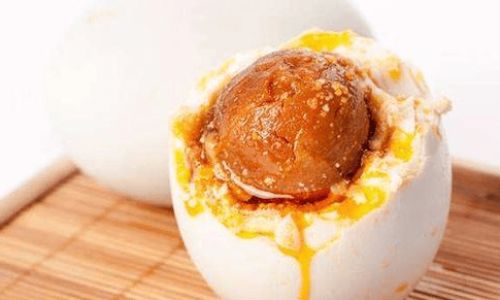
Materials Needed:
- Fresh duck eggs
- Water
- Salt (about 20-30% of the water’s volume for a moderate saltiness)
- A clean, non-reactive container (glass or ceramic is best)
Steps:
-
Preparing the Brine: Boil water and dissolve the salt completely. Allow the brine to cool to room temperature.
-
Submerging the Eggs: Carefully place the eggs in the container and pour the cooled brine over them, ensuring they are completely submerged.
-
Sealing: Cover the container and store it in a cool, dark place.
-
Waiting: Let the eggs sit in the brine for about 2-3 weeks, tasting periodically to adjust the saltiness if necessary.
Tips for Oiliness and Salt Balance:
- Use a higher salt concentration for faster salting but monitor closely to avoid over-salting.
- Adding a small amount of vinegar or baking soda to the brine can help draw out more oil from the yolks.
- After the salting period, rinse the eggs and soak them in fresh water for a few hours to reduce saltiness.
Salt-Packed Method
This method involves packing the eggs in a mixture of salt and other ingredients to enhance flavor and texture.
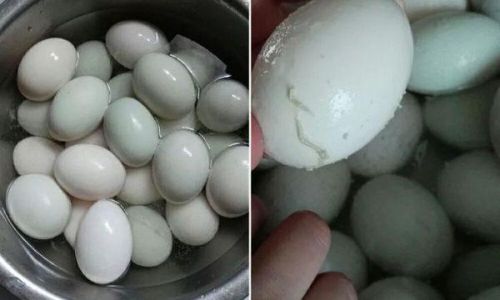
Materials Needed:
- Fresh duck eggs
- Coarse sea salt
- A small amount of rice hulls, ashes, or dried clay (optional, for traditional practices)
- A clean cloth or paper towels
- A tight-fitting container
Steps:
-
Wrapping: Wrap each egg individually in a cloth or paper towel, then coat it generously with salt. Optionally, you can mix a small amount of rice hulls, ashes, or dried clay with the salt to create a more traditional texture.
-
Packing: Place the wrapped eggs in a container and pack them tightly with additional salt to prevent movement.
-
Sealing: Cover the container and store it in a cool, dark place.
-
Waiting: Allow the eggs to sit for about 3-4 weeks, depending on the desired level of saltiness and yolk oiliness.
Tips for Oiliness and Salt Balance:
- The addition of rice hulls or ashes can help absorb excess moisture and enhance the oiliness of the yolks.
- Regularly check the eggs for any signs of moisture leakage and adjust the salt packing if necessary.
- After the salting period, carefully unwrap the eggs and rinse them thoroughly under cold water. Soaking in fresh water for a few hours can further balance the saltiness.
Cooking the Salted Duck Eggs
Once the eggs have completed the salting process, they are ready to be cooked. The most common cooking method is boiling.

Steps:
-
Preparation: Place the salted eggs in a pot and cover them with cold water.
-
Boiling: Bring the water to a gentle boil over medium heat. Reduce the heat to low and simmer the eggs for about 8-10 minutes for a fully cooked yolk or 5-6 minutes for a runny yolk.
-
Cooling: Remove the eggs from the pot and let them cool in the water for a few minutes before peeling.
Serving and Enjoying
Salted duck eggs can be enjoyed in various ways, from being served as a standalone snack to being incorporated into dishes like congee, stir-fries, or even desserts. Their unique flavor and creamy texture make them a versatile ingredient in many Asian cuisines.
Conclusion
Making oily yet not overly salty salted duck eggs is an art that combines science and tradition. By understanding the principles of osmosis, choosing high-quality eggs, and carefully controlling the salting process, you can achieve the perfect balance of flavor and texture. Whether you prefer the simplicity of the dry salting method, the flexibility of the wet salting method, or the authenticity of the salt-packed method, each approach offers its own unique charm and results. With patience, attention to detail, and a love for culinary experimentation, you can master the art of making salted duck eggs that will delight your taste buds and impress your guests. Happy salting!
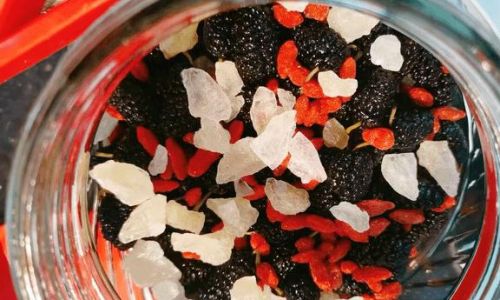
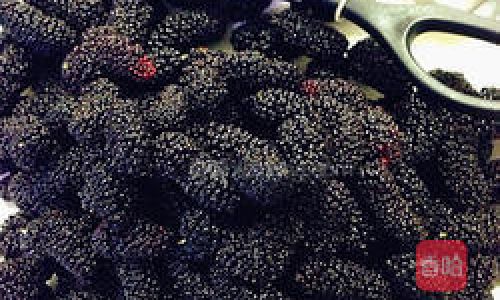

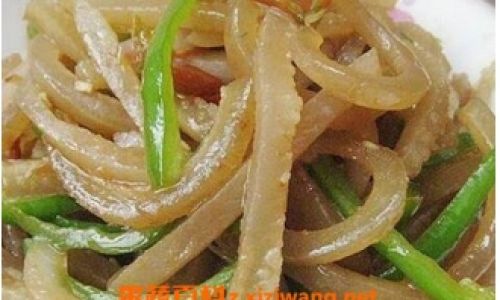
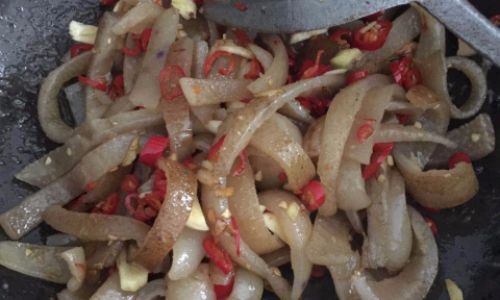
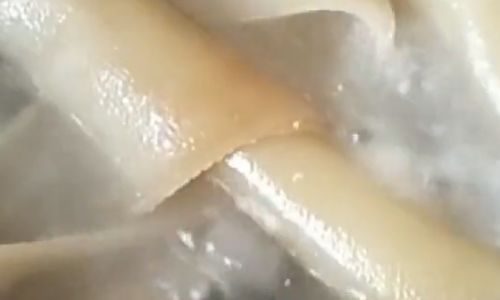
0 comments